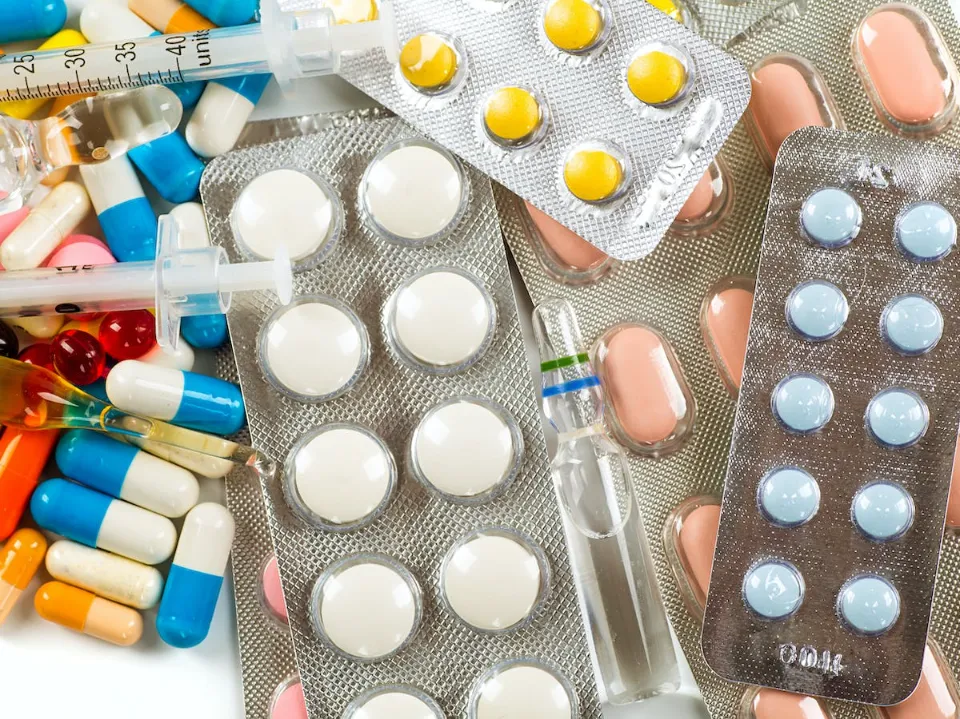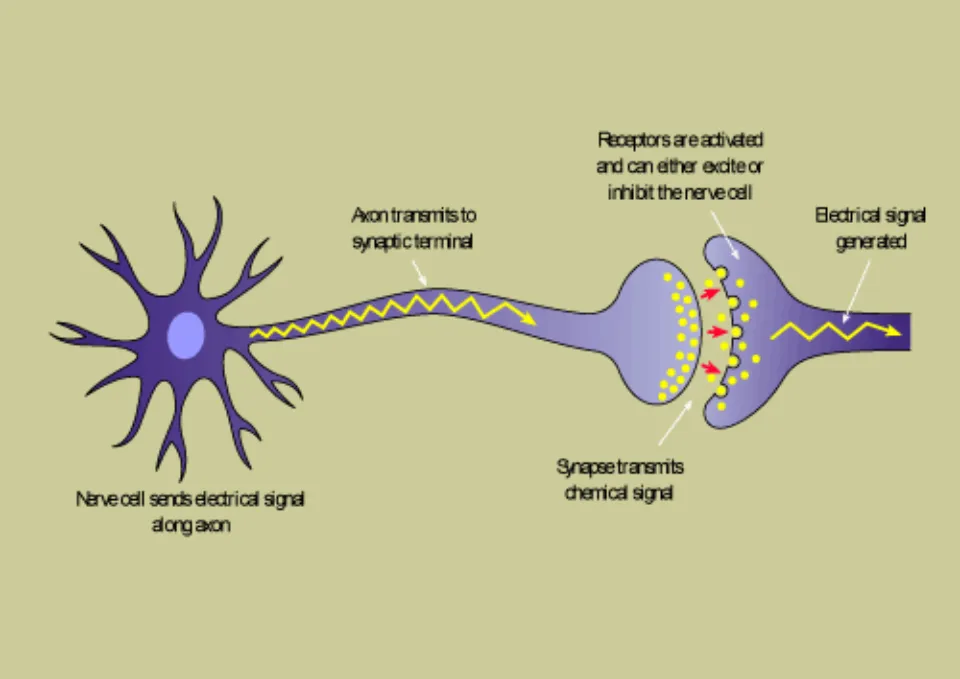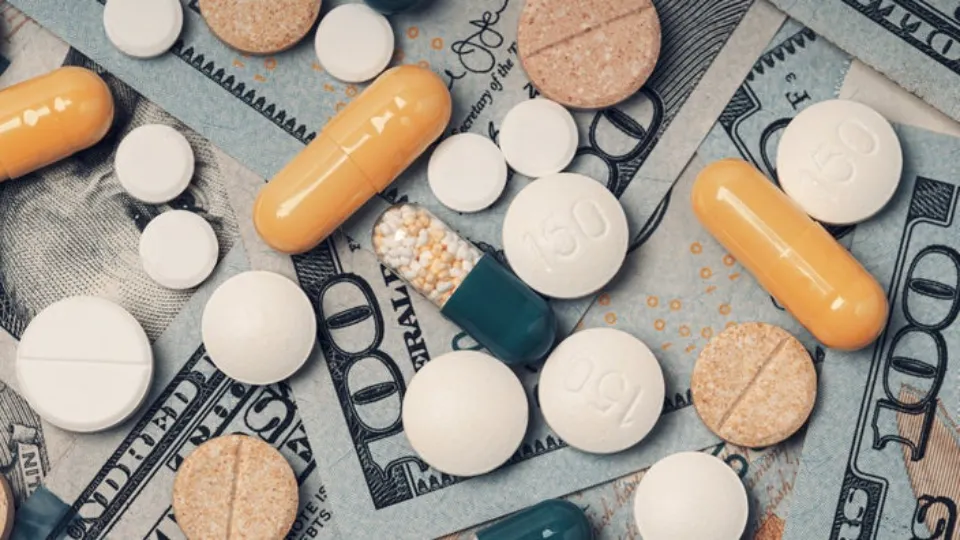We generally take a drug’s mechanism of action for granted and assume it will work as intended whether it is obtained legally, through a prescription from a doctor, or through illegal means.
The ibuprofen pill does indeed relieve your headache, but how? What does the antidepressant do to help maintain a healthy balance in your brain chemistry?
Drug mechanics are amazingly straightforward for something that seems so unbelievable. Receptors and the molecules that activate them are the main topics. For more information on how medications affect your immune system, continue reading.
How Do Drugs Work?
Step1: Finding the Receptor
When taken orally, medications in the form of pills, tablets, capsules, caplets, powders, liquids, or capsulelets must first be swallowed before entering the stomach through the esophagus. Occasionally pills get hung up at the stomach junction, forming a “pill ulcer” in the lower esophagus. A medicine dissolves in stomach acid once there, and then the small intestine is flushed with the solution. Other medications travel across the gut and into the bloodstream before seeking out their target receptors, whereas medications taken for diarrhea or constipation seek out their target receptor right there in the hollow gut. While most drugs simply cross the gut wall into the bloodstream, some, like iron, are pumped through the gut wall.
Step2: Attachment Receptor
Some medications, like blood thinners, have receptors that they are designed to bind to in the blood itself. Most of the others travel to the brain or liver via a carrier molecule. Once there, the drug leaves the carrier and rushes into the intended organ. Once inside, the drug looks for its target receptor, which may be in the nucleus of the cell, in the liquid surrounding it, or even on the cell surface. Finally reaching the target receptor, the drug molecule attaches and can then begin to carry out the desired function. Through the use of painkillers, the nerve’s pain signal is turned off. The acid secretion in the stomach is stopped by reflux medication. With antidepressants, depression gets better as the brain’s chemistry is adjusted. The bacteria are killed by antibiotics. There are numerous ways that a drug can have an impact, but it must first bind to the target receptor.

Step3: Return to the Blood Or Leave the Body
Additionally, drugs may covertly bind to other receptors, producing undesirable side effects. Overdosing increases the likelihood of this occurring. On the other hand, if the dosage is too low, the medication is ineffective because it cannot bind to the desired, target receptor. This explains why choosing the right dose is crucial when delivering a medication.
Drugs wash out of the body once their intended effect has been achieved by the target receptor. They might return to the blood, travel to the liver or kidney, undergo chemical change, and then be eliminated in the form of stools or urine. Regular medication use ensures that the body has enough of the drug to carry out the desired function.
Participants in Drug Work
Receptors
Large protein molecules known as receptors are incorporated into the cell wall or membrane. They receive (hence “receptors”) chemical information from other molecules – such as drugs, hormones or neurotransmitters – outside the cell.
These extracellular molecules bind to cell receptors, activating the receptor and causing an internal biochemical or electrical signal to be produced. The cell responds to this signal by performing these actions, such as causing us to experience pain.
Agonist Drugs
Agonists are molecules that bind to particular receptors and activate a cell’s internal process. An agonist is a substance that prompts a particular physiological reaction in the cell. They may be synthetic or natural.
For example, endorphins naturally bind to opioid receptors. However, morphine, or heroin that the body converts to morphine, is an artificial agonist of the primary opioid receptor.
Because an artificial agonist and a receptor’s natural agonist share so many structural similarities, they can both have the same effect on the receptor. Numerous medications are designed to resemble natural agonists in order to bind to their receptors and cause the same or a much stronger reaction.
A simple analogy would be to think of an agonist as the key that fits into the receptor’s lock and unlocks it, or as the signal that triggers a biochemical or electrical reaction to have an effect. The master key is the natural agonist, but other keys (agonist drugs) that perform the same function can be created.

For example, morphine is a naturally occurring substance found in opium poppies and was not created by the body. By luck it mimics the shape of the natural opioid agonists, the endorphins, that are natural pain relievers responsible for the “endorphin high”.
Because opioid receptors are restricted to specific regions of the brain and body that influence those functions, specific effects like pain relief or euphoria can occur.
The primary active component of marijuana, THC, is an agonist of the cannabinoid receptor, and the hallucinogen LSD is a synthetic molecule that mimics the agonist actions of the neurotransmitter serotonin at one of its many receptors, the 5HT2A receptor.
Antagonist Drugs
An antagonist is a medication created to directly counteract the effects of an agonist.
An antagonist, to use another lock and key comparison, is like a key that fits neatly into the lock but isn’t shaped properly to turn the lock. The correct key (agonist) cannot be put into the same lock when this key (antagonist) is inserted.
As a result, the antagonist’s presence in the receptor molecule inhibits the effects of the agonist.
Permit me to reiterate: consider morphine to be an opioid receptor agonist. The opioid receptor antagonist naloxone can reverse the effects of a potentially fatal morphine overdose.
This is due to the fact that naloxone (sold under the brand name Narcan) quickly takes up residence in every opioid receptor in the body, blocking morphine’s ability to bind to and activate them.
In just a few seconds, morphine bounces in and out of the receptor. The antagonist can enter and block it when it is not bound to the receptor. There is no response because the receptor cannot be activated once an antagonist has taken up residence in it.
Narcan can have dramatic results. Within seconds of the injection, the overdose victim can become fully conscious and alert, even if they are unconscious or on the verge of death.
Membrane Transport Inhibitors
Large proteins called membrane transporters are incorporated into a cell’s membrane and transport smaller molecules, like neurotransmitters, from the outside of the cell to the inside. Some medications work to prevent them from acting.
This is how selective serotonin reuptake inhibitors (SSRIs), like the antidepressant fluoxetine (Prozac), function.
Mood, sleep, and other mental and physical processes, including body temperature, are controlled by the neurotransmitter serotonin in the brain. In the brain, it is released from nerve terminals and binds to serotonin receptors on nearby cells.
As soon as the chemicals are released from the terminals, the brain must quickly turn off the signals coming from serotonin for the process to proceed smoothly. Otherwise, controlling how the brain and body behave in real time would not be possible.
Serotonin transporters in the nerve terminal membrane assist the brain in doing this. The transporters act like a vacuum cleaner, sucking up serotonin molecules that haven’t connected to receptors and returning them to the interior of the terminal for future use.
Final Thoughts
To cure the issue or treat the symptom, there is a medication for the majority of diseases. It might be beneficial to comprehend how drugs interact with our bodies. All medications are chemicals that, after being ingested, travel to a target or “receptor” in the body where they perform their action.
FAQs
What Are the 4 Ways of Drug Action?
The four phases of pharmacokinetics are absorption, distribution, metabolism, and excretion (ADME), which describe how a drug moves through the body.
What Are the 3 Mechanisms Involved With Drug-Drug Interactions?
The three main categories of drug-on-drug pharmacodynamic interactions are interference with drug effects on receptor function, interference with a physiological control process, and additive or antagonistic physiological effects.



